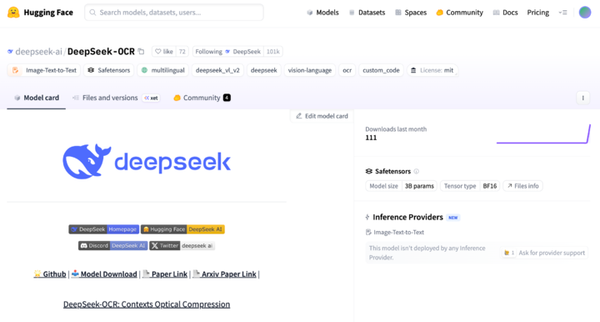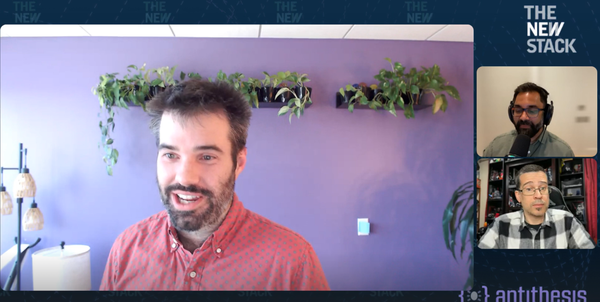Black Hole Physicist Joins OpenAI, GPT-5 Pro Recreates Days of Human Derivation in 30 Minutes
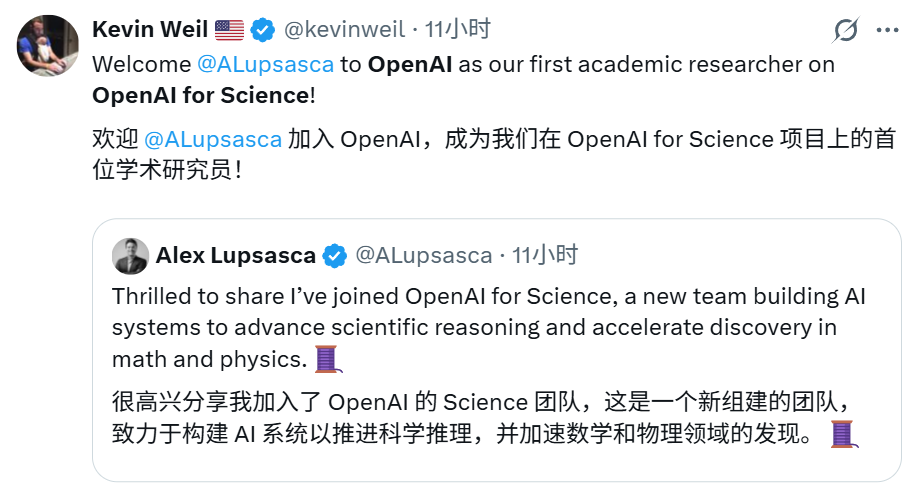
Building AlphaGo for the Scientific Community
Alex Lupsasca, a theoretical physicist and New Horizons in Physics Prize laureate, has taken on a new role as the first academic researcher in the OpenAI for Science team.

This initiative — announced in September by Kevin Weil, OpenAI’s Chief Product Officer — aims to develop an AI-powered platform to accelerate human scientific discovery.
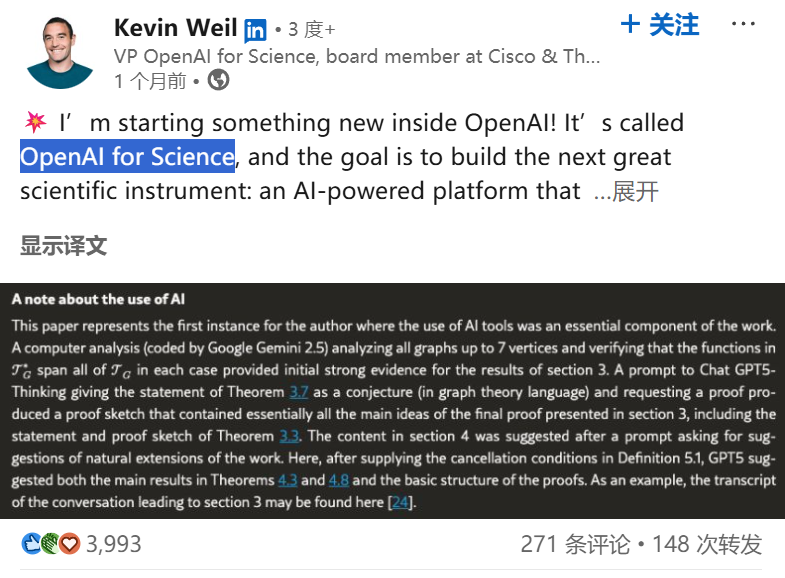
---
How GPT-5 Pro Changed One Physicist’s Mind
For years, Lupsasca believed AI could not meaningfully advance frontier research. That changed with GPT-5 Pro.
In under 30 minutes, GPT-5 Pro independently derived a new symmetry in black hole perturbation theory — a result Lupsasca had spent several days calculating.

Origin of the Breakthrough
The discovery traces back to a paper he published in June 2025:

Paper: https://arxiv.org/abs/2506.05298
In it, Lupsasca proposed a new conformal symmetry for perturbations of stationary, axisymmetric Kerr black holes — a “hidden” rule that governs their behavior.
Scientific Implications
- Black holes lack tidal deformability — their Love numbers are zero.
- This result impacts gravitational wave astronomy and related fields.
According to Lupsasca:
> “The hardest part is finding the exact mathematical form of such symmetries, or even determining whether they exist.”
The paper’s complex equations reflect the difficulty of this work.
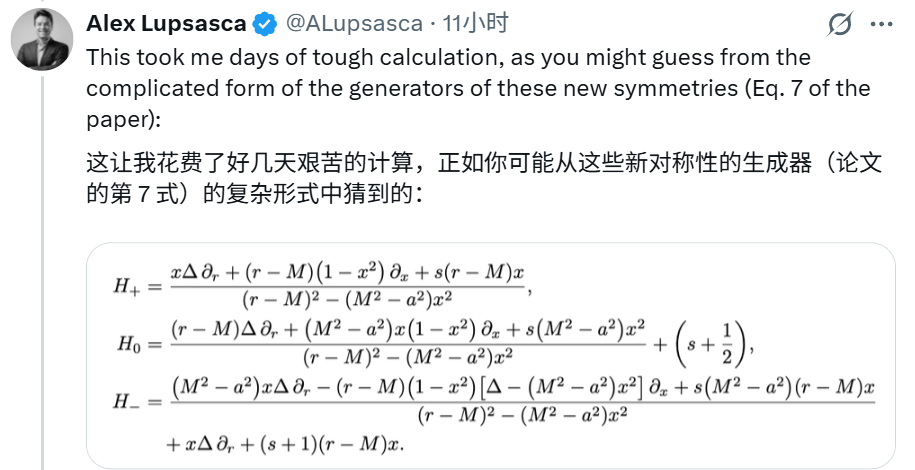
---
Testing GPT-5 Pro
When GPT-5 Pro launched, Lupsasca challenged it with the same problem:
- First attempt: rediscovered the symmetry in <30 minutes.
- Follow-up: when asked if it searched online, GPT-5 Pro denied doing so and reproduced the reasoning in 9 minutes 16 seconds.
- Observation: AI needed “warming up” with a simpler flat spacetime example before tackling the full problem.

Conversation link: https://chatgpt.com/share/68b006eb-ee0c-8005-903f-bf92065d7e03
---
Beyond Theory — Applications in Observational Astrophysics
GPT-5 Pro also demonstrated strong performance in observational astrophysics, delivering outputs comparable to what a skilled graduate student might achieve after several days of work.

Conversation link: https://chatgpt.com/share/68d154c9-5618-8005-80b9-7e5ac0827b76
---
The "AlphaGo Moment" in Science
Mark Chen, OpenAI’s Chief Researcher, compared GPT-5’s physics breakthrough to AlphaGo’s famous “Move 37” against Lee Sedol — a defining moment in AI history.
This hints at a broader trend: AI systems capable of contributing to cutting-edge research across physics, biology, and other domains.
---
AI Tools in Research Workflow
Projects like OpenAI for Science and open-source systems such as AiToEarn官网 show how AI can:
- Generate content & insights
- Publish instantly across multiple platforms
- Integrate analytics and monetization into a unified workflow
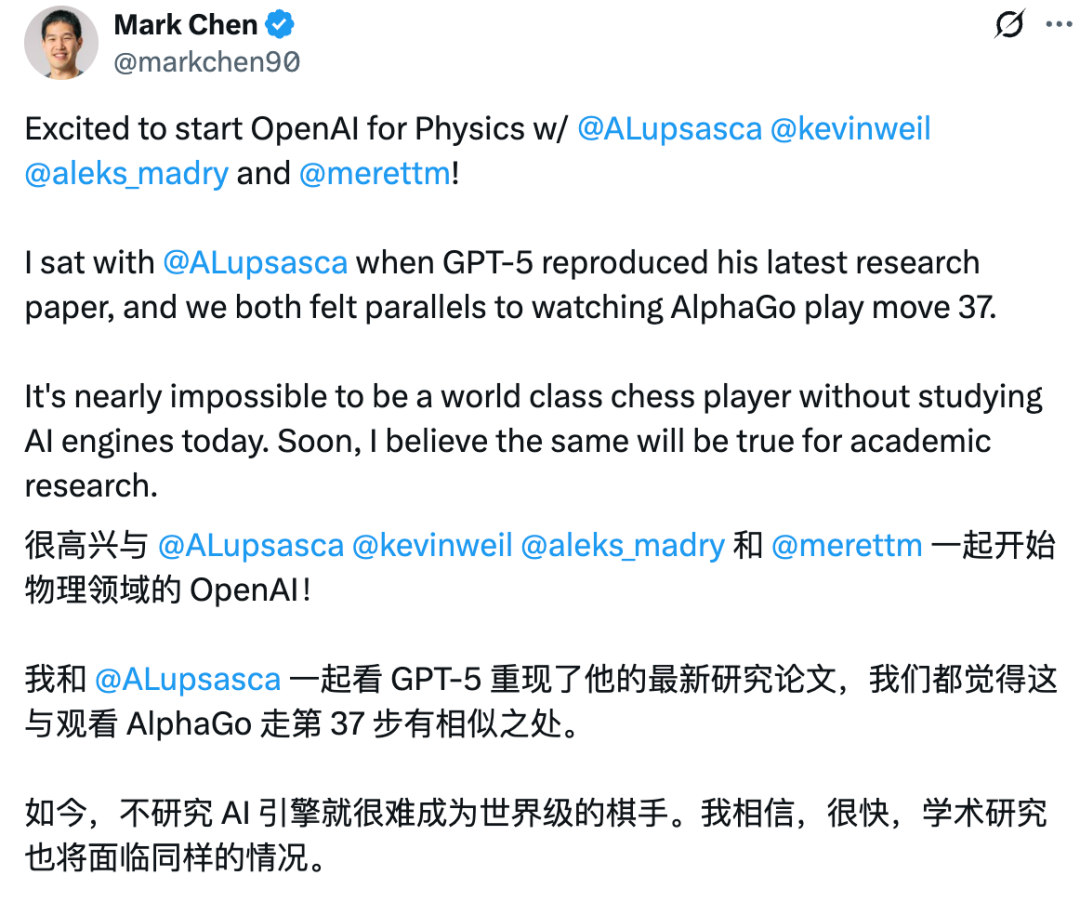
In physics and other sciences, AI is influenced by natural science concepts and architectures — a prime example of deep interdisciplinary integration.
The “AlphaGo moment” for scientific research is drawing closer.
---
The Scientist Who Wants to Build the Largest Black Hole Telescope

Alex Lupsasca — now assistant professor at Vanderbilt University — has contributed to black holes, gravity, and relativistic astrophysics, with prior posts at Harvard and Princeton.
Awards:
- New Horizons in Physics Prize (2024)
- IUPAP Young Scientist Prize in General Relativity and Gravitation (2024)
The Black Hole Explorer (BHEX)
Role: Chief Scientist
Mission:
- Launch a satellite for the sharpest astronomical images in history
- Resolve structures at the event horizon scale
- Measure the “photon ring” orbiting a black hole
Target launch: 2032 (NASA Small Explorers proposal)
---
Reference Links
- https://chatgpt.com/share/68b006eb-ee0c-8005-903f-bf92065d7e03
- https://chatgpt.com/share/68d154c9-5618-8005-80b9-7e5ac0827b76
- https://lupsasca.com/
- https://zhuanlan.zhihu.com/p/709590684
---
AI and Fundamental Physics — Looking Ahead
As AI evolves, projects like BHEX show how artificial intelligence can:
- Process and manage massive observational datasets
- Optimize imaging algorithms for previously unattainable phenomena
For science communicators, platforms like AiToEarn官网 offer integrated tools to:
- Generate AI-powered content
- Publish across global media channels (Douyin, Kwai, WeChat, Bilibili, Facebook, YouTube, Pinterest, X, etc.)
- Analyze audience engagement
Such tools bridge cutting-edge research with a worldwide audience — amplifying impact at unprecedented speed.

